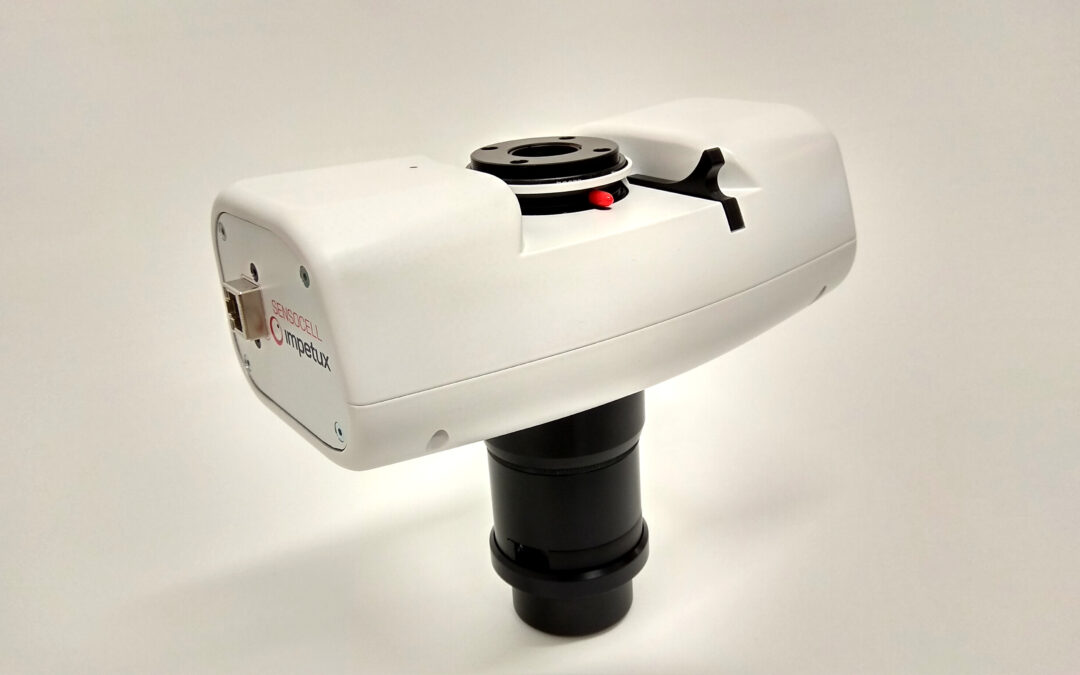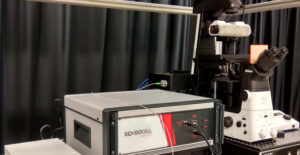It is known that physical forces regulate cell response and determine essential processes.
In the publication :
The force loading rate drives cell mechanosensing through both reinforcement and fluidization
Ion Andreu, Bryan Falcones, Sebastian Hurst, Nimesh Chahare, Xarxa Quiroga, Anabel-Lise Le Roux, Zanetta Kechagia, Amy E.M. Beedle, Alberto Elósegui-Artola, Xavier Trepat, Ramon Farré, Timo Betz, Isaac Almendros, Pere Roca-Cusachs.
Nature Communications 12 | 4229 (2021) | https://doi.org/10.1038/s41467-021-24383-3
the authors show how physical forces drive mechanosensing by applying dynamic force regimes to cells through different techniques including Optical Tweezers.
To measure the forces applied on cells with Optical Tweezers, they use the SENSOCELL force sensor module: Lunam T-40i. This module integrates our unique force spectroscopy technology allowing direct access to the forces applied by the optical tweezers on any trapped object without requiring any tedious and prone-to-error calibration process.
The authors found different responses depending on the forces applied and show how these similar behaviors are seen at the organ level.
This work provides a unifying mechanism to understand how cells respond not only to directly applied forces, but also to passive mechanical stimuli such as tissue rigidity or ECM ligand Distribution.
To deep into the details of this work have a look at the article here.
You can also read the interesting highlight of this article by Jessica L. Teo here.
Enjoy the reading!
Congratulations to the authors!
📌If you are interested in how our optical tweezers system: SENSOCELL can be used for cell micro-rheology measurements, cell nucleus indentation experiments, neuron mechanosensation studies, among others applications, do not hesitate to have a look at the application section or directly contact us.





